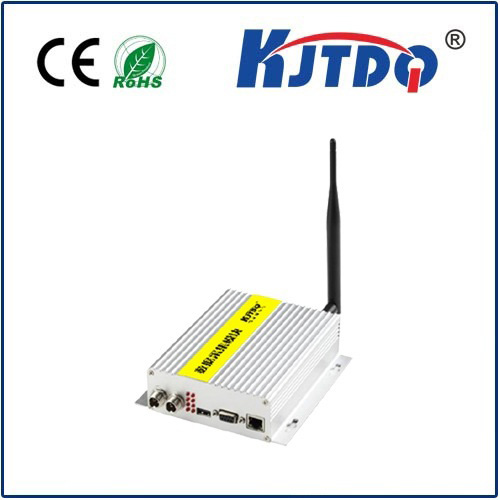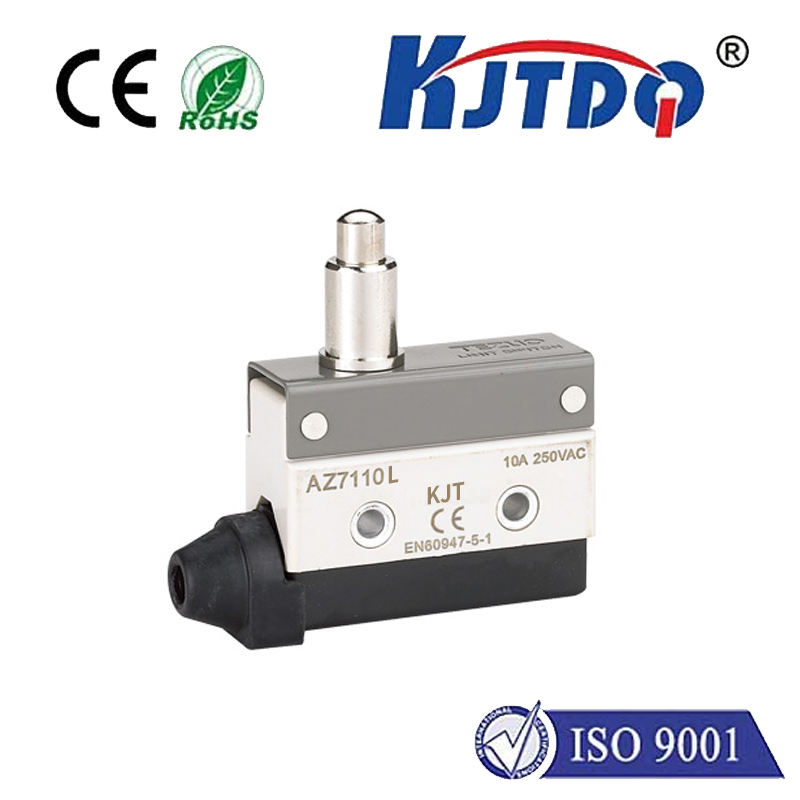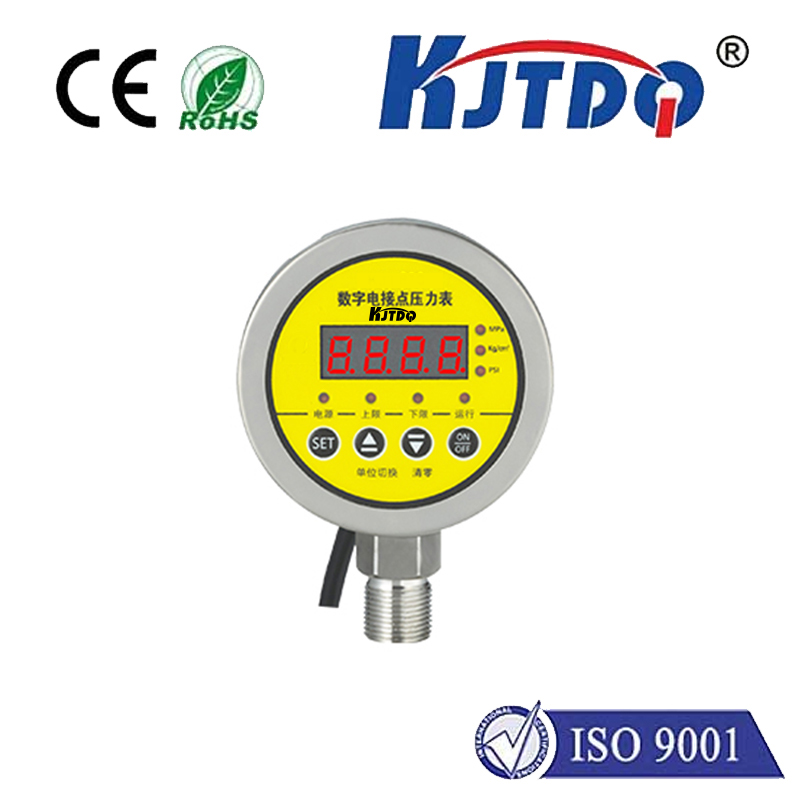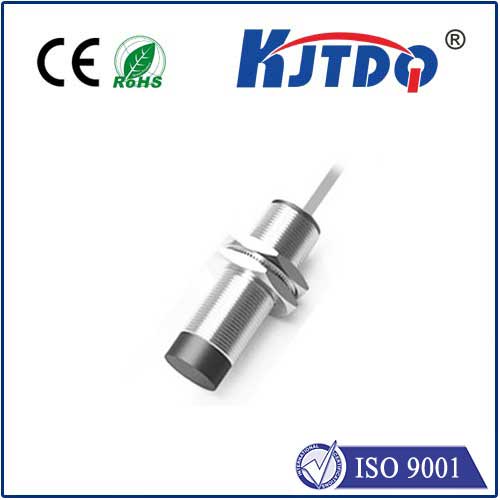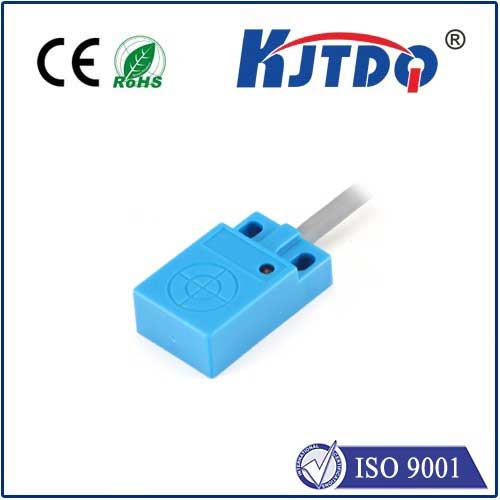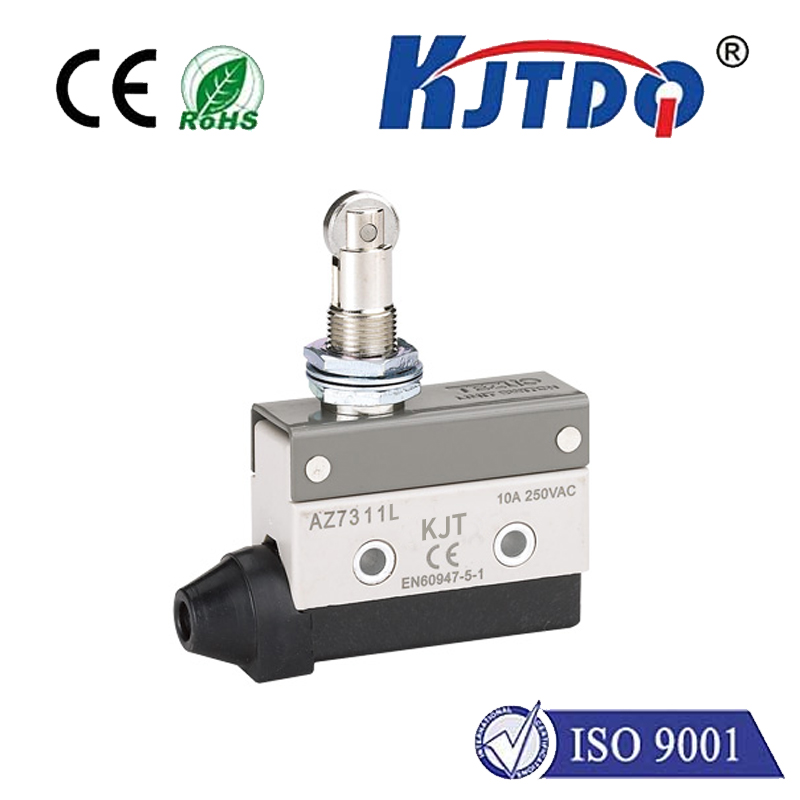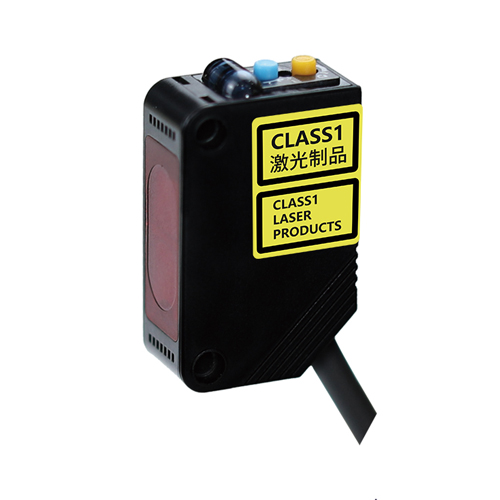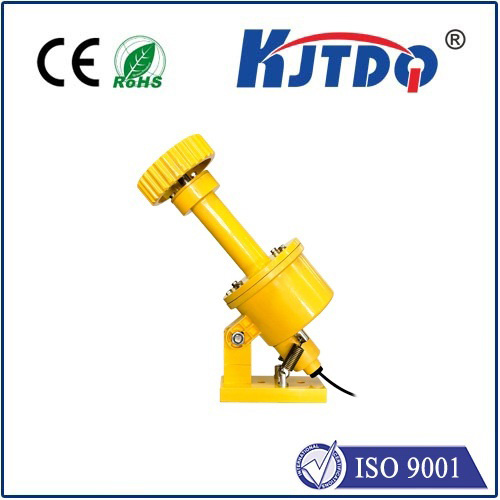Lidar2: The Next Evolution in Spatial Sensing Technology Imagine a world where autonomous vehicles navigate seamlessly, cities are mapped with pinpoint accuracy, and environmental monitoring reaches unprecedented precision. This is the promise of Lidar 2, the next generation of Light Detection and Ranging technology. As industries across the globe embrace digital transformation, Lidar 2 is emerging as a game-changer, offering enhanced capabilities that redefine spatial sensing. Lidar, or Light Detection and Ranging, has been a cornerstone of remote sensing for decades. By emitting laser pulses and measuring their reflection, Lidar systems create detailed 3D maps of environments. However, Lidar 2 represents a significant leap forward, addressing the limitations of traditional systems while unlocking new possibilities.
The evolution from traditional Lidar to Lidar 2 is driven by advancements in hardware, software, and integration. Here are the key features that define this next-generation technology:
Higher Resolution and Accuracy: Lidar 2 systems leverage improved laser sources and detectors, enabling finer spatial resolution and more accurate measurements. This is particularly critical for applications like autonomous driving, where even minor errors can have significant consequences.
Enhanced Range and Speed: With the ability to detect objects at greater distances and process data faster, Lidar 2 is better suited for high-speed applications such as drone navigation and real-time mapping.
Compact and Cost-Effective Design: Traditional Lidar systems are often bulky and expensive, limiting their accessibility. Lidar 2 introduces smaller, more affordable designs, making the technology viable for a wider range of industries.

AI-Powered Data Processing: Integrating artificial intelligence (AI) with Lidar 2 allows for smarter data interpretation. For example, AI algorithms can identify and classify objects in real-time, enhancing decision-making in autonomous systems.
Многофункциональность приложений: From urban planning to environmental conservation, Lidar 2’s adaptability makes it a valuable tool across diverse fields.
The capabilities of Lidar 2 are transforming industries in profound ways. Here are some of the most impactful applications:
Autonomous vehicles rely on precise spatial awareness to navigate safely. Lidar 2 provides high-resolution, real-time data, enabling these vehicles to detect and respond to obstacles, pedestrians, and other vehicles with unparalleled accuracy.
Cities are increasingly using Lidar 2 to create detailed 3D models of their environments. These models support infrastructure development, traffic management, and disaster preparedness, paving the way for smarter, more sustainable urban living.
Lidar 2 is revolutionizing environmental science by enabling precise monitoring of forests, coastlines, and ecosystems. For instance, it can track deforestation, measure carbon sequestration, and assess the impact of climate change.
In archaeology, Lidar 2 is uncovering hidden structures and landscapes without the need for invasive excavation. This non-destructive approach preserves cultural heritage while providing valuable insights into ancient civilizations.
Robots equipped with Lidar 2 can navigate complex environments, perform intricate tasks, and interact safely with humans. This is driving efficiency and innovation in manufacturing, logistics, and healthcare.
While Lidar 2 offers immense potential, it is not without challenges. Cost, despite reductions, remains a barrier for widespread adoption. Additionally, the integration of Lidar 2 with other sensors and systems requires careful calibration and standardization. Looking ahead, the future of Lidar 2 is bright. Continued advancements in semiconductor technology, AI, and miniaturization are expected to further enhance its capabilities. Moreover, as industries recognize the value of spatial data, demand for Lidar 2 is likely to soar.
In a world increasingly driven by data, Lidar 2 stands out as a transformative technology. Its ability to capture and interpret spatial information with unprecedented precision is reshaping industries and opening new frontiers of innovation. Whether it’s enabling safer autonomous vehicles, supporting smarter cities, or preserving our planet, Lidar 2 is at the forefront of the spatial sensing revolution. As we move into the future, Lidar 2 will continue to evolve, pushing the boundaries of what’s possible and redefining our understanding of the world around us.

